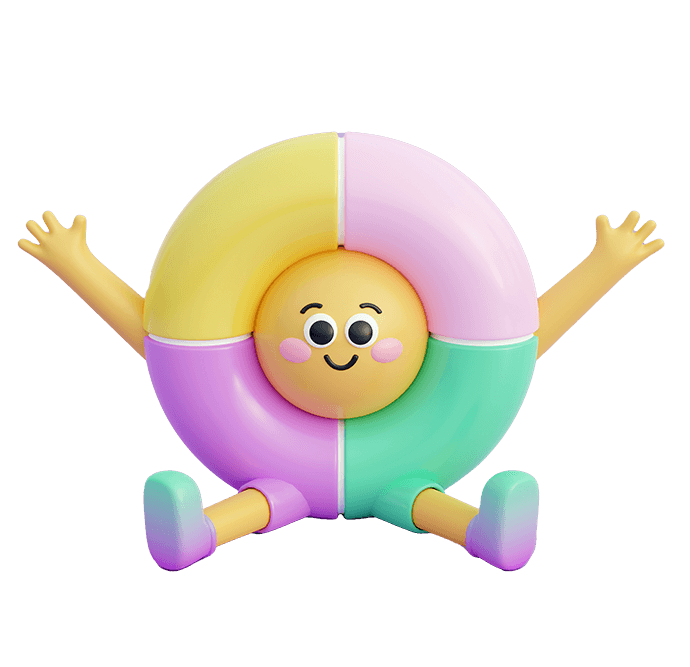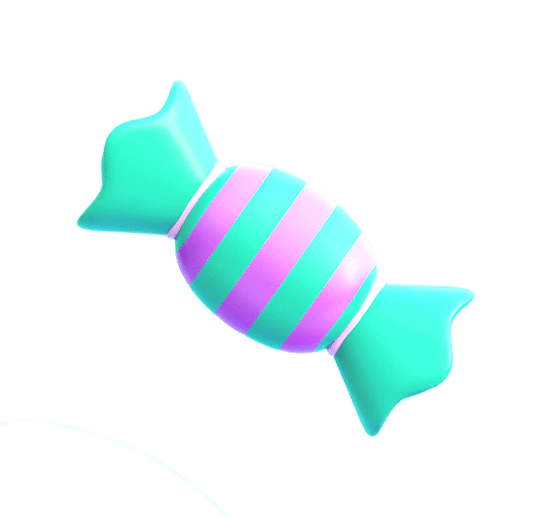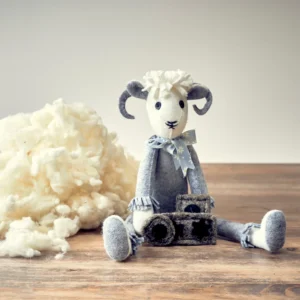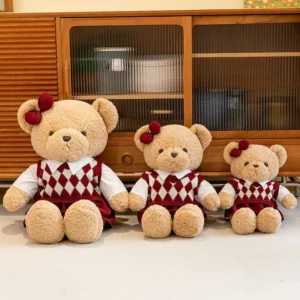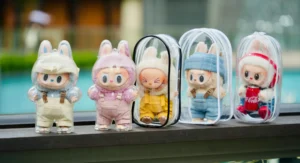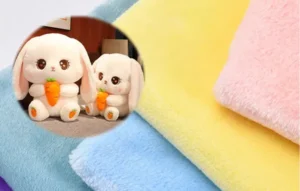Choosing safe stuffing materials is vital for plush toys, ensuring they are soft, durable, and safe for children. Proper stuffing protects kids and builds consumer trust.
Safe stuffing complies with international standards, is hypoallergenic, non-toxic, and tested for quality. Manufacturers select materials balancing softness, durability, and rigorous safety requirements for plush toys.
Let’s explore expert insights on what makes stuffing safe and reliable.
1.What Are the Key Safety Standards for Stuffing Materials in Stuffed Animals?
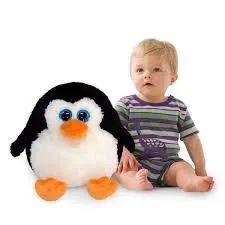
Safety standards regulate materials to prevent hazards like toxicity, choking, and flammability. Stuffing must meet criteria from global authorities.
Standards such as ASTM F963, CE EN71, and CPSIA govern safety for stuffing, focusing on chemical limits, fire resistance, and physical safety to protect children during use.
ASTM F963 (USA) specifies limits on toxic substances like lead and phthalates. EN71 (Europe) ensures materials are non-hazardous and resistant to ignition.
CPSIA further restricts heavy metals and enforces labeling for children’s products in the US market.
| Standard | Region | Safety Focus |
|---|---|---|
| ASTM F963 | USA | Toxic chemicals, flammability |
| CE EN71 | Europe | Mechanical and chemical safety |
| CPSIA | USA | Lead, phthalates limits |
Compliance with these ensures the stuffing material is safe for all children.
2.How Do Hypoallergenic Properties Influence Stuffing Safety?
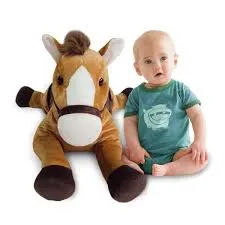
Hypoallergenic stuffing reduces allergic reactions, making toys safer for sensitive children.
Materials free from common allergens and irritants, such as certain polyester fills, contribute to hypoallergenic plush toys.
Stuffing must avoid dust mites, mold, and chemical residues that trigger allergies. Synthetic polyester fiberfill is favored for its hypoallergenic nature.
Natural fillers like cotton require treatments to reduce allergens. Testing confirms low allergenicity.
| Property | Effect on Safety | Typical Materials |
|---|---|---|
| Hypoallergenic | Reduces allergy risks | Polyester fiberfill, treated cotton |
| Dust mite resistance | Prevents respiratory issues | Synthetic fillings |
| Chemical-free | Avoids skin irritation | Certified low-toxicity fibers |
Choosing hypoallergenic stuffing broadens market appeal and protects vulnerable users.
3.Which Synthetic and Natural Stuffing Materials Are Considered Non-Toxic?
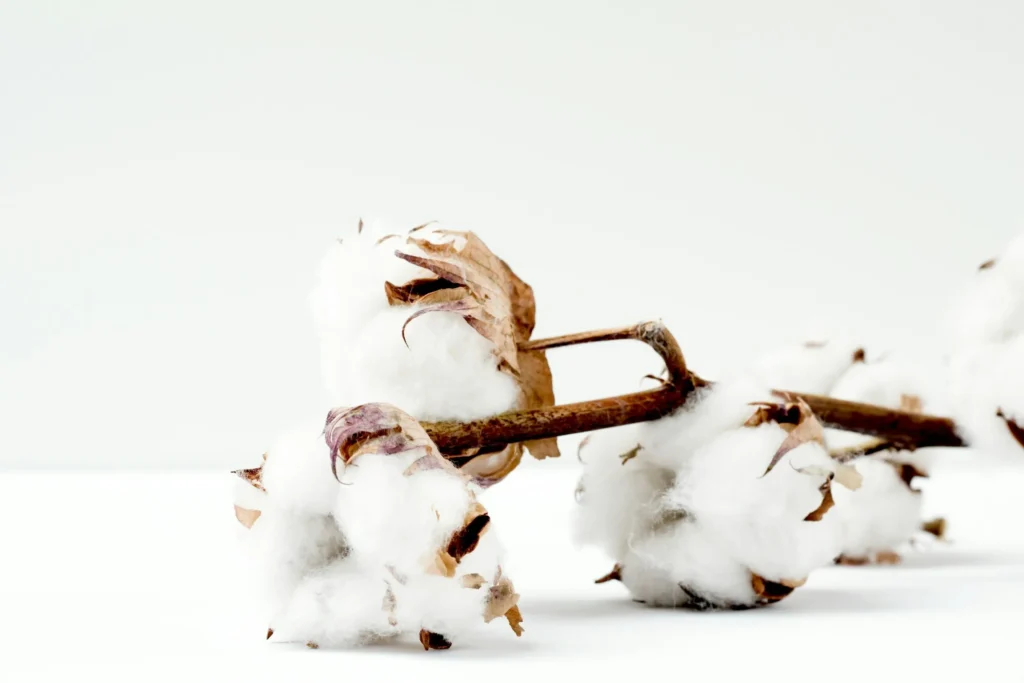
Non-toxic stuffing materials do not release harmful substances or pose choking hazards.
Certified polyester fiberfill and natural fibers like organic cotton are common non-toxic stuffing options used in safe plush toys.
Polyester fiberfill undergoes rigorous chemical testing and is widely accepted for safety. Organic cotton sourced without pesticides reduces chemical exposure.
Materials must also be free from small parts or loose fibers that can detach and pose choking risks.
| Material | Non-toxicity | Additional Safety Features |
|---|---|---|
| Polyester fiberfill | Tested for harmful chemicals | Durable, hypoallergenic |
| Organic cotton | Naturally free of toxins | Biodegradable, soft |
| Wool (treated) | Potential allergens if untreated | Flame retardant treatment |
Selecting non-toxic fillers ensures compliance and consumer confidence.
4.How Does Compliance with CE and ASTM Certifications Affect Stuffing Selection?
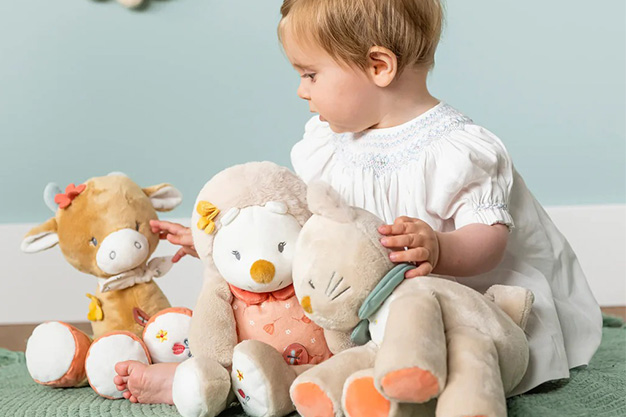
Certifications require stuffing to meet strict safety and quality benchmarks, influencing material sourcing and processing.
Suppliers choose stuffing that passes CE EN71 and ASTM F963 testing to access global markets and assure buyers of product safety.
Certification tests include flammability resistance, chemical content, and mechanical hazards. Stuffing failing these tests cannot be used in toys marketed in regulated countries.
Manufacturers work with certified suppliers and conduct batch testing to maintain compliance.
| Certification | Requirement for Stuffing | Impact on Manufacturing |
|---|---|---|
| CE EN71 | Non-toxic, flame resistant | Restricts material options |
| ASTM F963 | Limits lead, phthalates | Requires thorough testing |
Adhering to certifications reduces recalls and legal risks.
5.What Testing Procedures Ensure the Safety of Stuffing in Plush Toys?
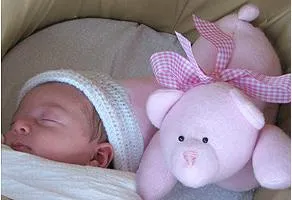
Testing verifies stuffing materials meet safety standards before production and shipment.
Tests include chemical analysis, flammability testing, physical hazard inspection, and allergen screening to confirm stuffing safety.
Chemical tests detect heavy metals, phthalates, and volatile organic compounds (VOCs). Flammability tests ensure materials resist ignition and slow fire spread.
Physical testing checks for choking hazards, loose fibers, and structural integrity. Allergen testing evaluates the presence of irritants.
| Test Type | Purpose | Method |
|---|---|---|
| Chemical analysis | Detect toxic substances | Laboratory spectroscopy |
| Flammability test | Assess fire resistance | Ignition and burn rate tests |
| Physical inspection | Check choking hazards, fibers | Visual and mechanical tests |
| Allergen screening | Identify irritant presence | Skin and respiratory assays |
Regular testing ensures continued compliance and consumer safety.
6.How Do Manufacturers Balance Safety with Softness and Durability in Stuffing Choices?
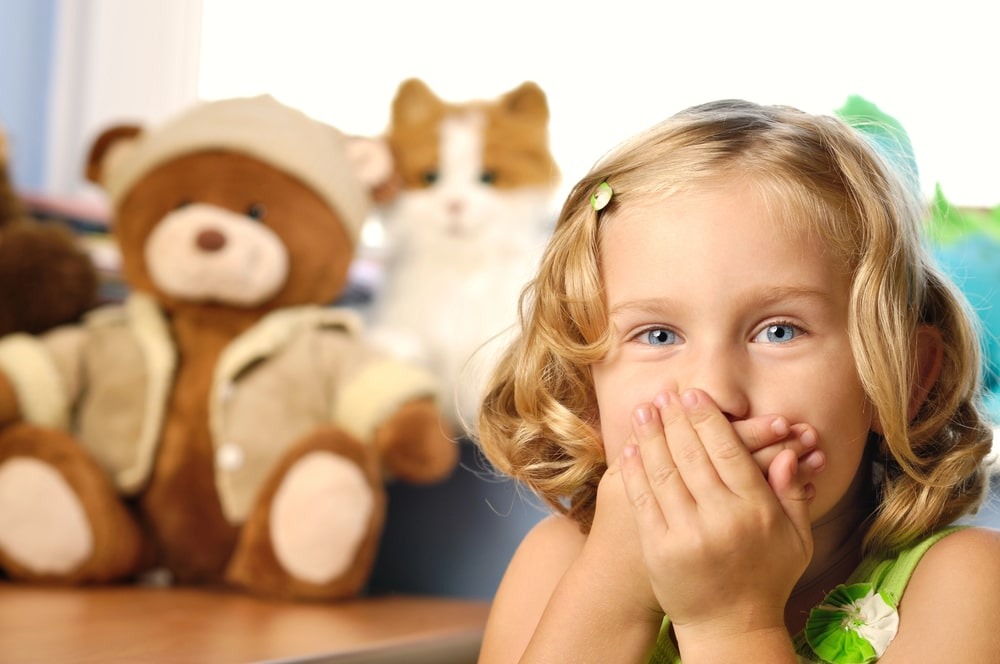
Producers select stuffing materials that maintain softness and durability while strictly following safety regulations.
Blending high-quality polyester fiberfill with controlled density achieves plush softness without compromising safety and longevity.
Stuffing density affects firmness and shape retention. Manufacturers optimize fiberfill weight to offer comfort yet avoid overstuffing that stresses seams.
Innovations in fiber technology improve softness and reduce allergens. Careful supplier selection and quality control maintain consistent performance.
| Factor | Balance Strategy | Outcome |
|---|---|---|
| Softness | Use fine polyester fibers | Pleasant tactile feel |
| Durability | Control density and fiber quality | Longevity, shape retention |
| Safety | Use certified hypoallergenic materials | Regulatory compliance |
This balance ensures plush toys meet consumer expectations and safety demands.
Conclusion
Safe stuffing combines certified, hypoallergenic materials with testing and manufacturing precision, ensuring plush toys are soft, durable, and child-safe.
For trusted advice on plush toy stuffing and production, contact me at [[email protected]] or visit [https://plushtoyinchina.com].

